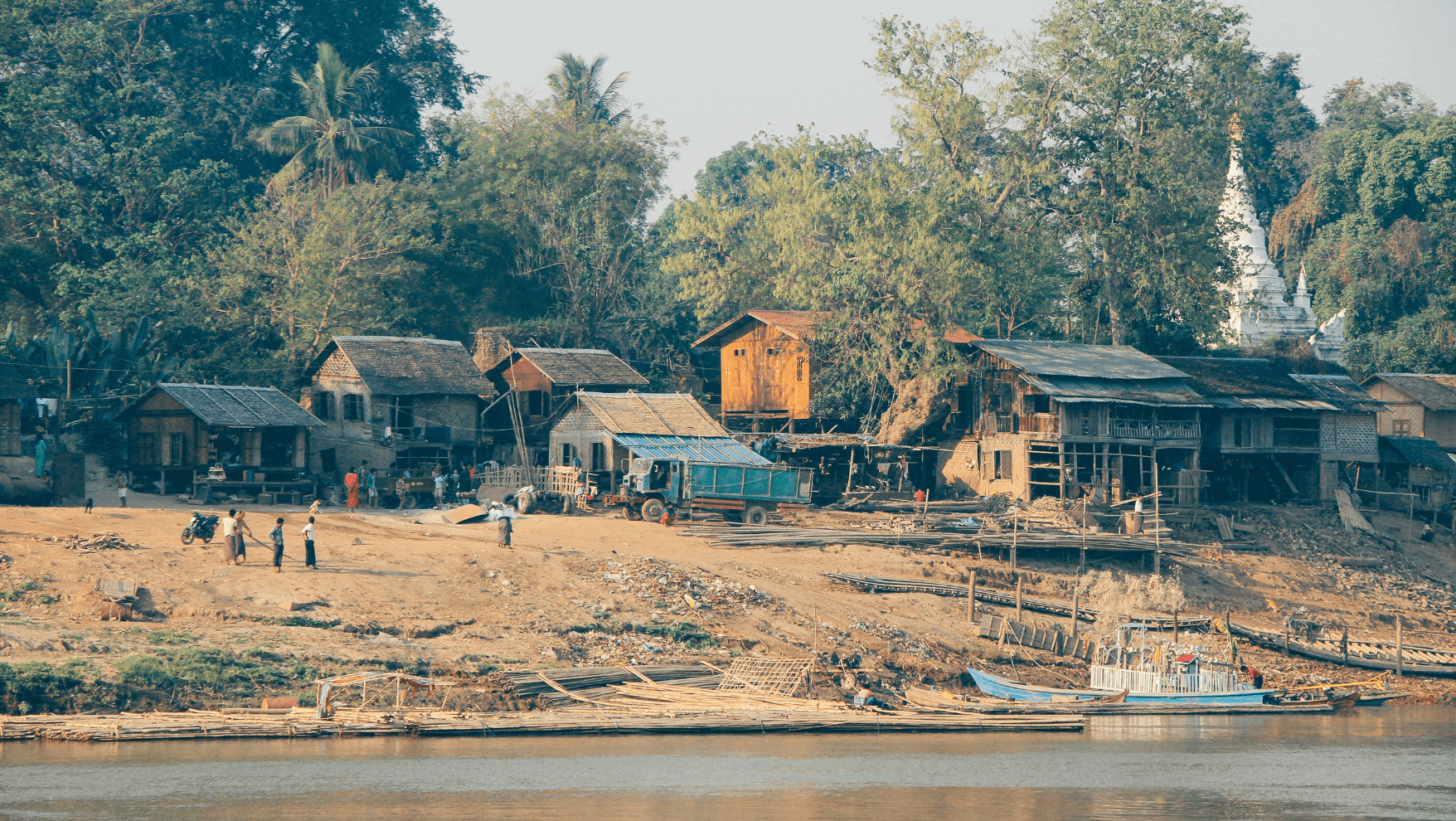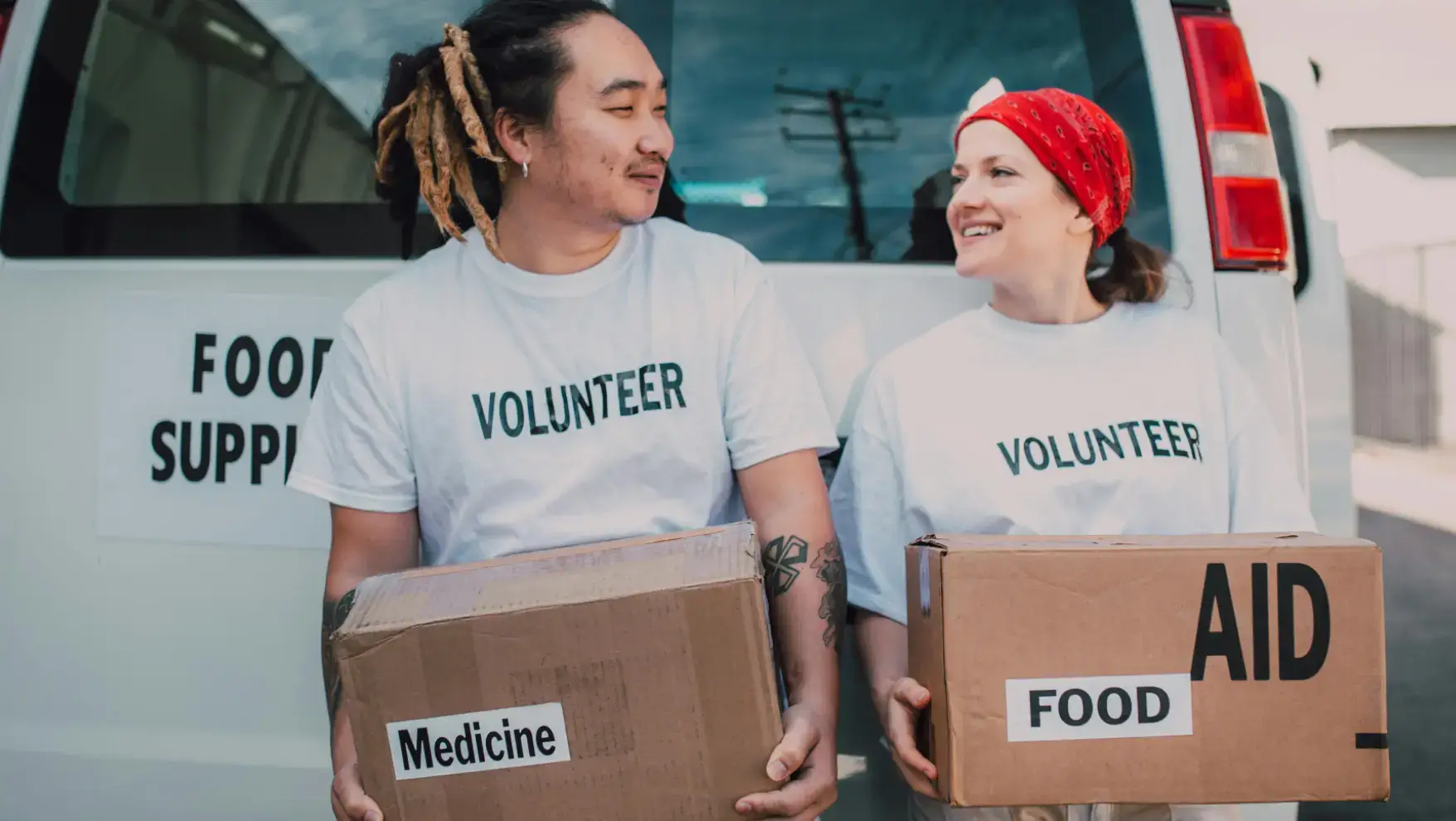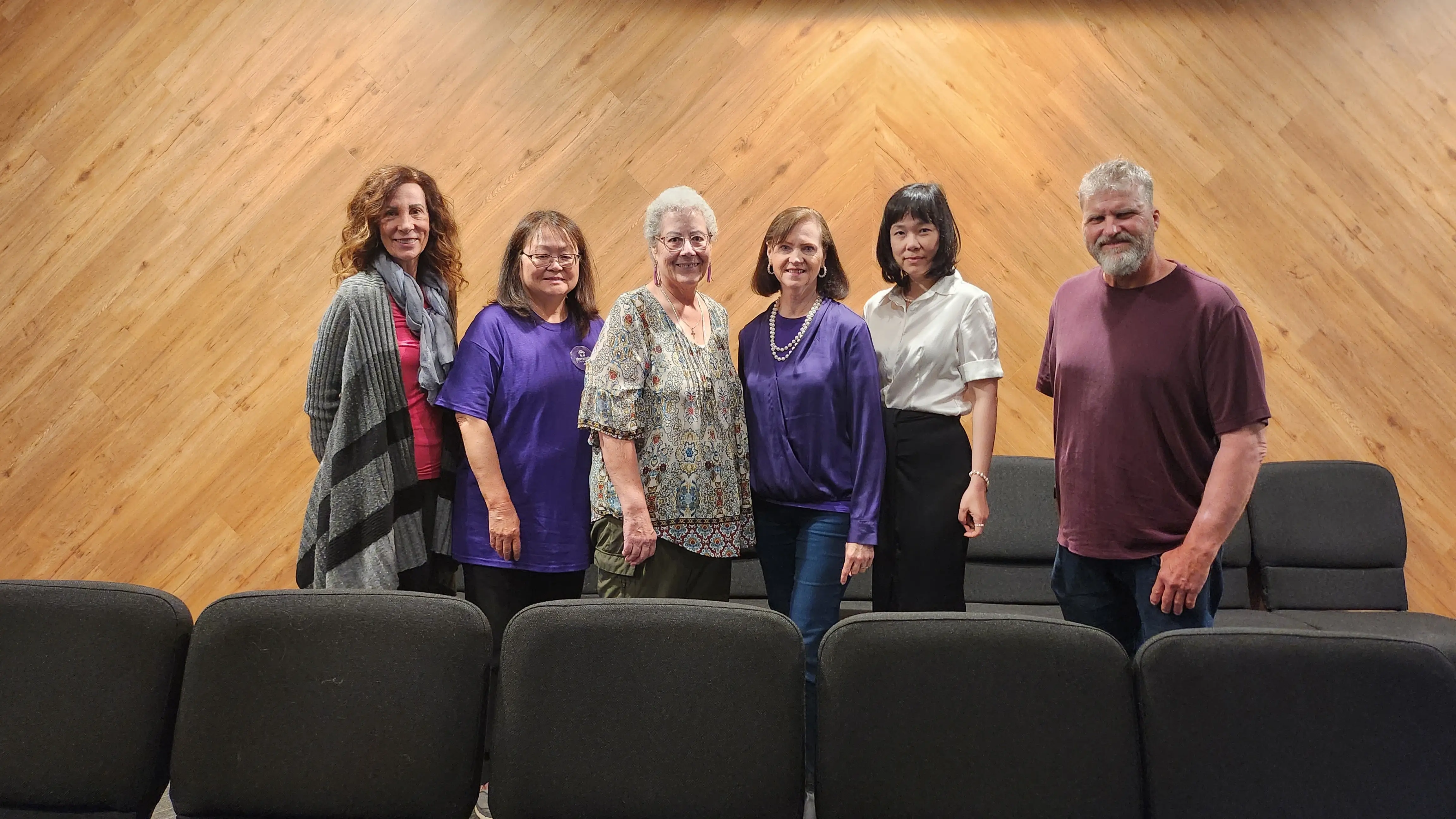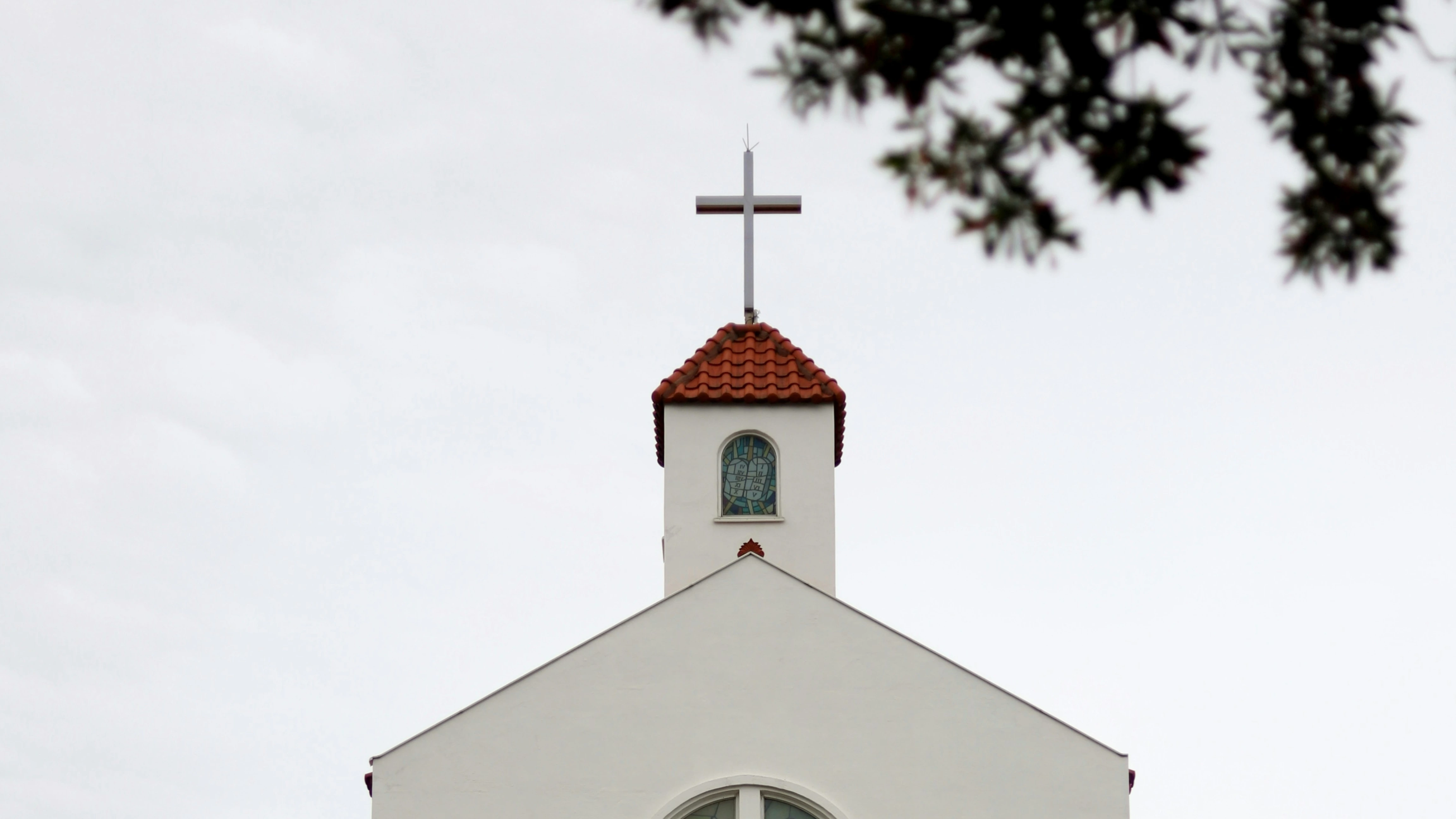
Photo by Dinis Bazgutdinov for Unsplash
Short-term mission trips are not inherently bad. They stem from well-meaning people wanting to make a difference. In fact, sometimes short-term mission trips are necessary but not always.
Picture this — your flight has just landed on your home soil. Finally, you can turn off airplane mode. After a week of no phone service, sweaty sleep, trekking in rivers in your Chacos and eating foods you have never eaten before, you are ready to get out and find the nearest Chick-Fil-A.
Maybe then, you can post the pictures you took with all of the cute kids from the village that spoke a foreign language, the one you learned a couple phrases of. You can add a caption about how this past week changed your life.
Yours. Not theirs.
So, how can you start to change theirs?
Relief Rather than Rehabilitation
Short-term mission trips can be necessary for crisis needs, Darren Carlson, a mission agency leader and writer for The Gospel Coalition wrote. However, he advised churches and mission organizations to send trained workers, not just anybody willing to go.
The danger of sending untrained people — and for such a short period of time — is this: relief rather than rehabilitation, according to the book “When Helping Hurts.”
Providing relief rather than rehabilitation is like wrapping gauze around a deep wound. Though it solves the problem for a moment, the wounded person will eventually need to go to the hospital for stitches. Once they have stitches — that is when healing can really begin.
Now imagine the wounded person never got those stitches and instead just kept the original gauze on. It would be a bloody mess.
When providing instant and temporary aid rather than guidance on how to maintain stability, relief like this quickly falls to crisis.
This problem begins with the Western idea that poverty is a matter of “lacking materials” rather than a result of deeper, underlying issues, according to authors Brian Fikkert and Steve Corbert. Lack of material needs are a symptom of poverty — not the cause.

Photo by Cottonbro Studio for Pexels
The true underlying cause of poverty is “broken relationships,” Bryant L. Myers wrote in his book “Walking with the Poor.”
Ruptured networks of relationships are often “oppressive and disempowering,” Myers wrote. These networks consist of relationships as large as systems of government or as small as a single family unit. At either level, the established hierarchies or traditions in place within these systems can really affect their members.
These relationships can leave the affected feeling “permanently powerless,” Myers wrote.
A well-intentioned short-term missionary who is providing temporary relief is an example of one of these disempowering relationships. The missionary steps into the impoverished community and helps them for the week.
But, what happens once that week is over? What happens when the supplies given run out? Who will run the school, farm, well or other structure that the mission workers built up once they have left?
The material resources that mission teams give to these communities can fall into quick disrepair without proper systems and relationships in place to steady them.

Photo by Abel Tan Jun Yang for Pexels
Helping vs. Hurting
Now, this reality does not mean the body of Christ should stand by and do nothing. We are not powerless to help those in poverty — we just need the right structure and training to ensure we are helping more than hurting.
Development is not a two-week product but a lifelong process, according to When Helping Hurts. One of the greatest ways to help is by sending long-term workers to the field before any short-term aid.
Learning the ins and outs of a culture and creating disciples in that culture takes time, according to Ask a Missionary. Establishing long-term workers provides essential skills for relationship building such as an understanding of their culture and language, mutual respect, proper communication, teamwork and active listening.
These skills can build true, meaningful relationships well beyond the short-term. With relationships comes a better understanding and trust between missionaries and the local community.
This way, missionaries are not simply giving aid without establishing sustainable structures, but they are connecting with locals to ensure needs are being met in an appropriate and dignifying way.
Another essential need for fruitful mission work is local participation, according to The Gospel Coalition. Without the voice of someone who has lived in these conditions and experienced these needs, mission work is not only unfruitful but also can damage a community.
Establishing local collaboration prevents misunderstandings and leads to more meaningful, long-lasting work. Locals can be placed in leadership positions, empowering not only the individual but also the community as a whole.
Rather than allowing a community to fall deeper into a cycle of permanent powerlessness, God can equip the community to dig themselves out with their own hands. The local community can repair improper relationship structures around them with the guidance of mission workers rather than material gifts.
How to Prepare
Training and education are key before a missionary steps into the field.
Before stepping onto the field, short-term or long, one needs to know the purpose of their mission. A new missionary’s goal should not be to impact but to learn, according to The Gospel Coalition.
Along with the heart and hand, the short-term mission worker should prepare their head, according to Christianity Today.
We must understand that we are not the teacher but the learner. We need to stop focusing on the great impact we will make on a short trip and approach mission work with humility — think instead of our growth and the next steps of impact that stem from that.
What should we do with what we have learned? What can we work to accomplish after arriving home?
We must also realize our lack of knowledge can cause harm to a community. What we see as harmless in the moment can have lasting effects.
These effects can stem from acts as simple as holding or playing with kids in orphanages, which may be harmful to a child’s development, according to The Gospel Coalition. For months after these short-term connections, children can feel disoriented, disheartened — and even abandoned.
Let us be aware of cultural differences as well. Not all mindsets are Western. Not all cultures are your own. There are countless facets to culture that visitors must understand, ranging from time management to relationship-building. Entering the field expecting everyone to think just like we do will get us nowhere, according to When Helping Hurts.
Most importantly, we must recognize that these communities and children are not there to teach us a lesson and transform our lives. Sure, a mission trip can help us grow as a Christians, but if we leave with that being the only takeaway, what have we really done?
The ultimate purpose of missions is to improve the communities we serve by guiding them to restore broken relationships and recognize their worth as creations in the image of God. We are meant to love and serve people, not numbers.

Photo by Josh Appel for Unsplash
The Cost
Another consideration when weighing the pros and cons of short-term missions comes down to the cost.
The short-term missionary needs to stay aware of how their money and time is used in missions, according to Calvin University. If short-term mission trips cost more than the average budget for long-term effects in the community, something has gone terribly wrong.
Rather than pooling donations and funds to go on a short-term trip, consider donating it into long-term mission funds instead. The amount of money spent on a week-long trip, at the end of the day, may better support the community through the proper systems.
Long-term Options
If you really want to still serve in person and make a difference, you will need to give more than just a week of your time.
A great long-term mission option is The World Race. The shortest of their missions span from about one to four months, while the longest offered are a year long. Their program places participants in communities for months at a time to serve and expand their growth and understanding of missions.
Participating in communities for months at a time rather than weeks helps the worker to better understand the culture, language and community. The World Race provides a space not only of serving but also of understanding who you are serving and why.
Remember there is no me in missionary. Missions need to be observed from a lens of practicality, selflessness and openness.
Those willing to serve must also be willing to learn. Find out how to establish long-term, dignifying and fulfilling relationships within the communities you serve — you should not be the end-all-be-all aid but the avenue by which a community can establish sustainable structures to serve itself well.
So, before you post those pictures on your Instagram, think for a second. Can you remember those kids’ names? If not, you have missed the first step of truly impactful mission work.
Lexie is a former missionary kid who grew up in the Dominican Republic. She graduated in 2023 with a degree in Media, Culture and the Arts, a focus in Creative Writing and a minor in Business Management. In her writing, she aims to share truthful and life-building stories.














